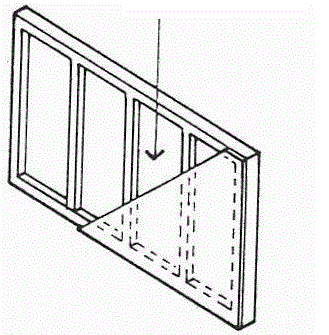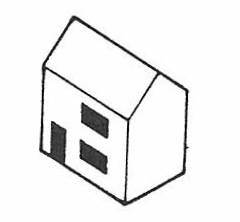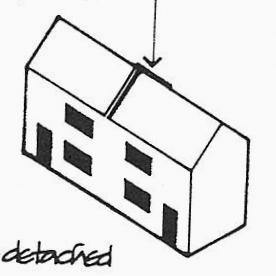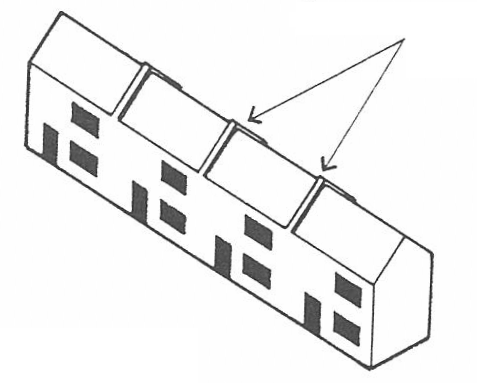Walls
Solid or framed. Wall is a continuous, normally vertical structure of brick, stone, concrete, timber or metal, thin in proportion to its length and height, which encloses and protects a building or serves to divide buildings into rooms. Walls are defined as external or internal to differentiate functional requirements, and as load bearing or non-load bearing to differentiate structural requirements. Load bearing walls are those that carry the loads of floors and roofs, in addition to their self-weight, and non-load bearing, those that carry only their self-weight. The partition wall is any continuous vertical structure that divides rooms or compartments. In practice, the word partition is generally used to describe a non-load bearing internal dividing wall.
Walls are of two types:-
Solid wall
A solid wall (sometimes called a masonry wall) is constructed either of brick, burnt clay or stone blocks or concrete blocks laid in mortar. The blocks are laid to overlap in some form of what is called bonding or as a monolith, that is, one solid uninterrupted material such as concrete which is poured wet and hardens into a solid monolith (one piece of stone). A solid wall of bricks or blocks may be termed as a block (or masonry) wall, and a continuous solid wall of concrete, as a monolithic wall.
Solid wall of blocks of brick, stone or concrete
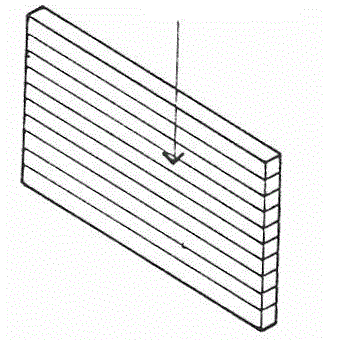
Frame wall
A frame wall is constructed from a frame of small sections of timber, concrete or metal joined together to provide strength and rigidity, over both faces of which, or between the members of the frame are fixed thin panels of some material to fulfill the functional requirements of the particular wall. Another popular construction practice all over the world is Frame construction i.e. beam column construction. The walls required to fill the space between beam columns are termed as infill walls. They are also treated as non-load bearing wall.
Frame wall of small sections of timber, metal or concrete
